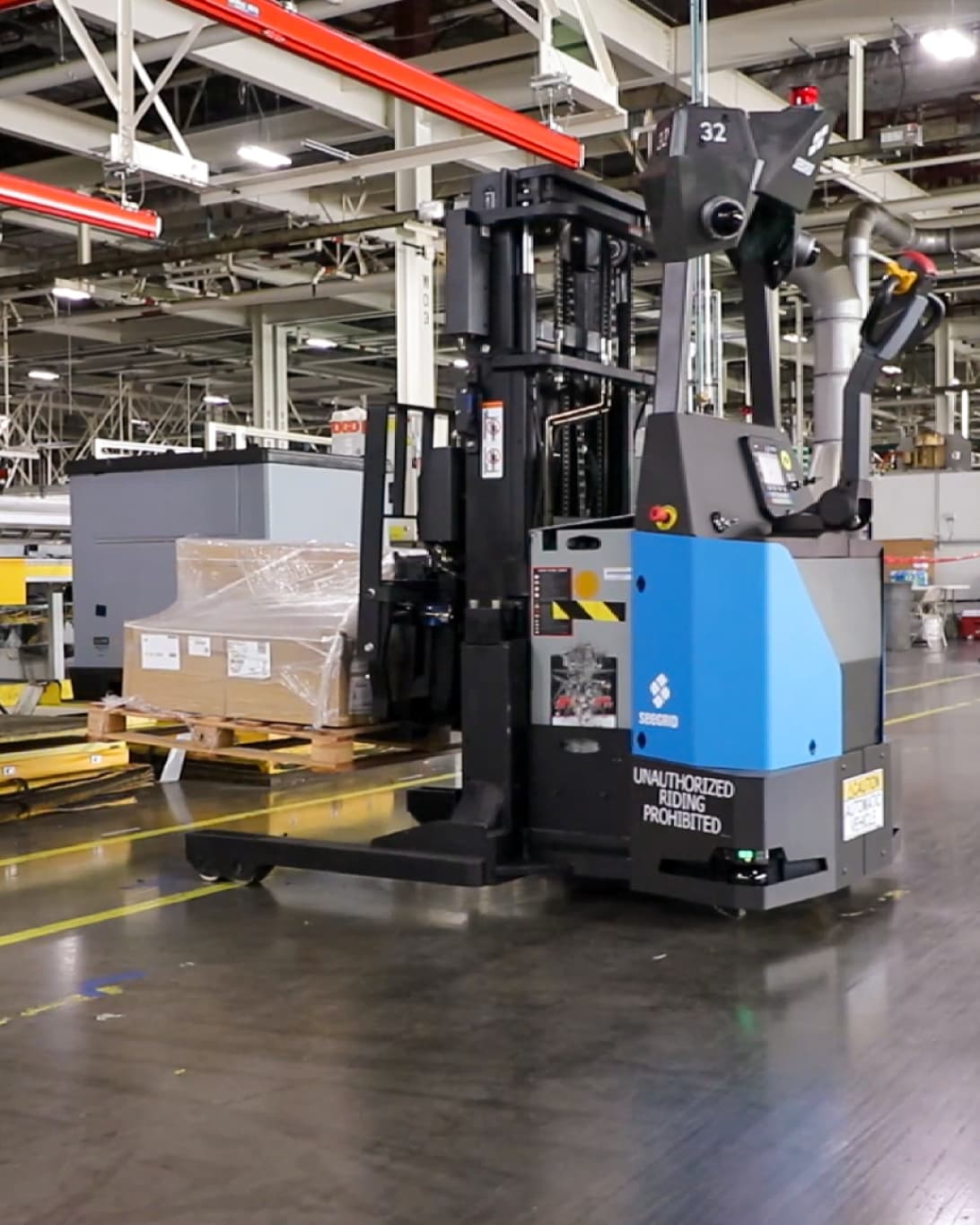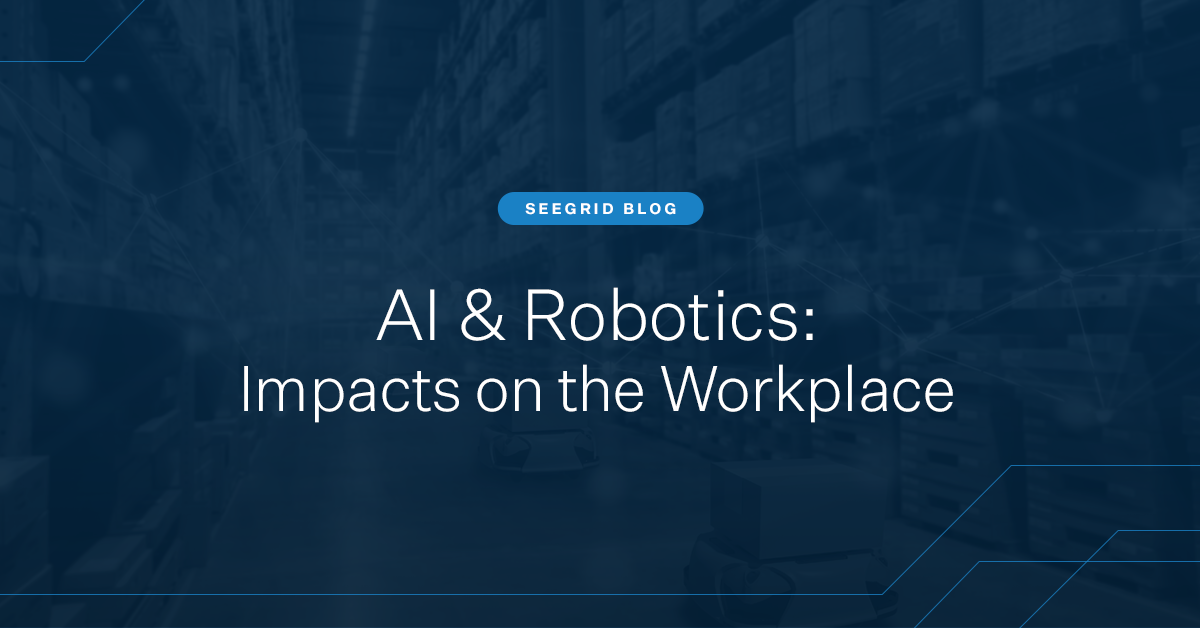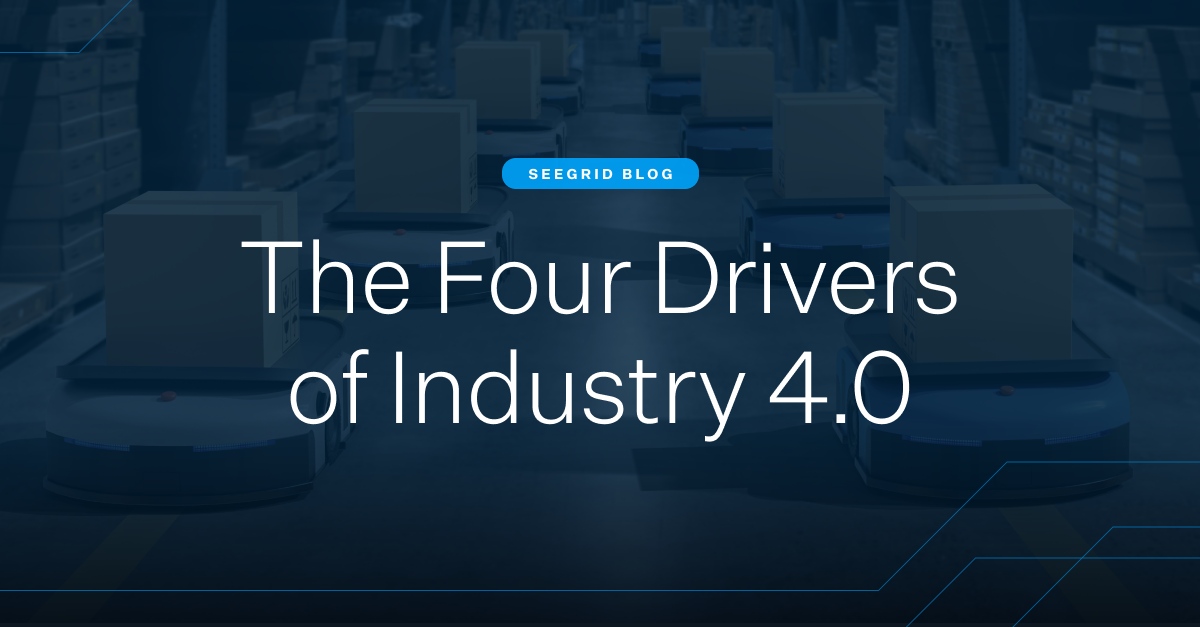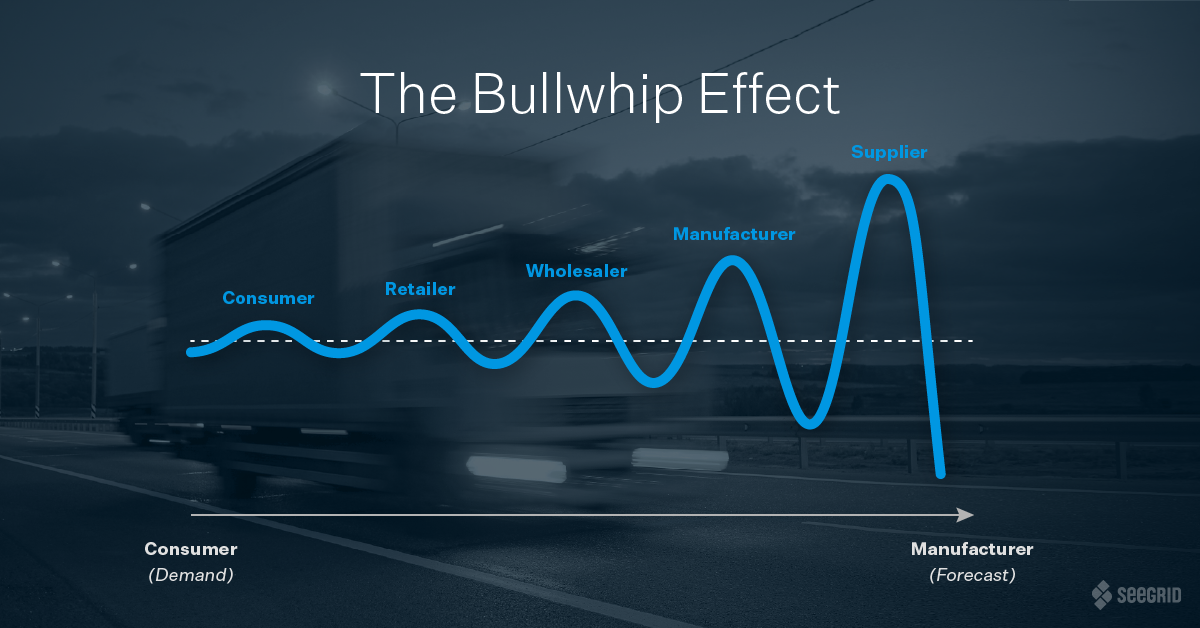Despite the wide adoption of Autonomous Mobile Robots (AMRs) across manufacturing, warehousing, and logistics, many businesses still hesitate—often due to lingering myths and misconceptions. Let’s set the record straight and separate fact from fiction when it comes to these game-changing robots.
Myth 1: AMRs Are a 1:1 Replacement for Human Workers
AMRs aren’t here to take jobs—they’re here to make them easier. Rather than replacing workers, AMRs handle repetitive, physically demanding tasks, allowing employees to focus on higher-value work. Unlike manual forklifts, AMRs prioritize efficiency and consistency over raw speed, making them safer and more reliable partners in the workplace.
Myth 2: AMRs Seamlessly Adapt to Any Environment
While AMRs are designed to be flexible, they aren’t a one-size-fits-all solution. Factors like floor conditions, facility layout, and workflow complexity all influence how well automation fits into an operation. Choosing the right tool for the job is key to maximizing performance.
Myth 3: AMRs and AGVs Are the Same
While AMRs and AGVs both automate material movement, they serve different purposes, and choosing between them isn’t about which is better—it’s about which is right for your application. If your workflows require strict repeatability and predefined routes, AGVs might be the better fit. If flexibility and scalability are key, AMRs offer the freedom to adjust as your business evolves. In some cases, a hybrid approach may be the best solution, leveraging the strengths of both technologies.
Myth 4: AMRs Can’t Handle Complex Workflows
Gone are the days of single-task automation. Today’s AMRs effortlessly integrate with fleet management software to execute multi-step workflows, with the ability to dynamically adjust to operational demands and coordinate with other systems to optimize efficiency and interoperability.
Myth 5: AMRs Require IT Experts to Operate
You don’t need a team of IT specialists to run AMRs. Modern fleet management software is designed with user-friendly interfaces, allowing operators to monitor and adjust workflows with ease. However, not all AMRs offer this level of accessibility—so evaluating the fleet management software dedicated to each vendor should be a critical part of your purchasing decision.
Myth 6: AMRs Are Only for Large Operations
Automation isn’t reserved for industry giants. AMRs add value to businesses of all sizes by streamlining material handling, reducing downtime, and optimizing workflows. The key isn’t the size of the operation—it’s whether the application makes sense for the business case at hand.
Myth 7: AMRs Are Too Expensive with No Short-Term ROI
Many AMR deployments achieve a return on investment (ROI) in under two years. By reducing labor shortages, increasing throughput, and minimizing costly errors, AMRs often generate savings faster than expected. In many cases, they help fill roles that have gone unstaffed, tapping into unrealized productivity. To maximize these benefits, partnering with a vendor with a proven track record of successful implementations increases the likelihood of achieving short-term ROI.
Myth 8: AMRs Can’t Work Alongside Traditional Equipment
Concerned about AMRs disrupting existing workflows? Don’t be. Equipped with state-of-the-art sensors and obstacle detection systems, AMRs can safely navigate shared spaces, working seamlessly alongside manual forklifts and other common industrial equipment.
Myth 9: Automating Your Facility Means Losing Control of Workflows
Automation doesn’t take control away—it enhances it. AMRs provide data-driven insights, real-time monitoring, and workflow adjustments that give businesses more visibility and precision in their operations.
Myth 10: AMRs for Palletized Material Handling Are Just a Trend
Far from being a passing trend, AMRs are becoming an industry standard. With ongoing labor challenges and rising demands for efficiency, modern industrial facilities are increasingly turning to automation as a long-term strategy to stay competitive.
AMRs Are Moving—Are You Keeping Up?
Automation isn’t the future—it’s the present. As technology continues to advance, facilities that embrace AMRs will gain a competitive edge in efficiency, safety, and scalability. The question isn’t if automation will transform your industry—it’s when.
Ready to separate fact from fiction and take your material handling to the next level? The truth is, AMRs are here to stay. Are you?







